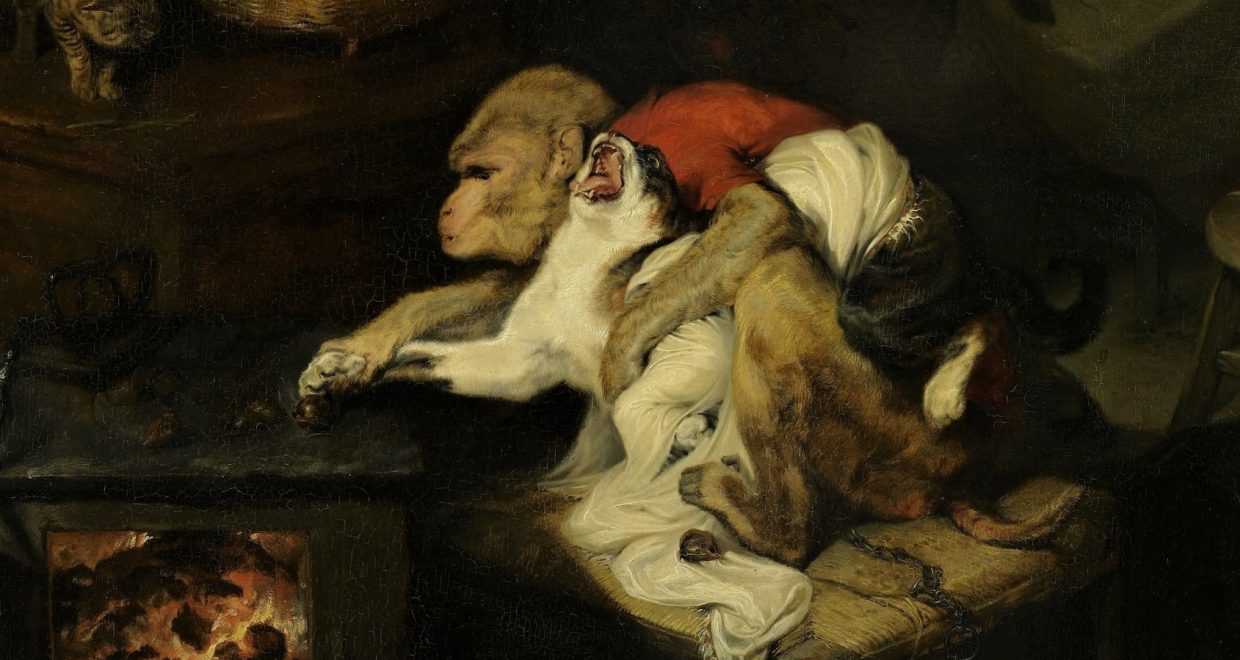‘…the Parliament’s Favourite’: Helen Arthur and the Williamite confiscation
This blog accompanies Frances Nolan’s Irish Historical Studies article ‘‘The Cat’s Paw’: Helen Arthur, the act of resumption and The Popish pretenders to the forfeited estates in Ireland, 1700–03‘.
A result of William III’s victory over James II in the War of the Two Kings (1689-1691), the Williamite confiscation in Ireland ‘was one of the major questions of both English and Irish politics’, throughout the 1690s and in the early years of the eighteenth century.[1] The forfeiture of estates resulted in the reduction of Catholic landownership from 22% in 1688 to 14% in 1703,[2] but a focus on this swing in the demographic of great landowners has led to a focus on male action and interaction in the historiography. Until recently, women’s role in preserving Catholic property and wealth during a period of significant upheaval has been overlooked.[3]
There is clear evidence of female engagement with parliamentary and other legal processes in the decade after the Williamite-Jacobite war; this activity was fuelled by personal and familial interest, typically the reclamation of compromised or forfeited property. My article for Irish Historical Studies examines the case of Helen Arthur, an elite Irish Catholic and Jacobite woman who petitioned for the return of her jointure, her eldest son’s estate and her younger children’s portions, following the Act of Resumption in 1700. A watershed moment in the confiscation, the act was the result of parliamentary dissatisfaction with William III’s ‘exorbitant’ grants of forfeited land in Ireland and its terms offered a number of dispossessed Irish a chance to reclaim all or part of their estate.
Many of the claims that came before the trustees were dependent on marriage or family settlements and so women and their entitlements played a significant part in the resolution of claims. Helen Arthur’s case was unusual, however; not in its intent, but in its realisation. Having missed the deadline for the submission of claims to the board of trustees charged with the management and sale the resumed Irish estates, she successfully petitioned the English parliament for an extension of the deadline. She was included as an additional claimant, alongside her children and several others who had required extra time to submit a claim to the trustees. Her achievement did not go unnoticed and a pamphlet published in London in 1702, the anonymously authored The Popish pretenders to the forfeited estates in Ireland, poured scorn on the perceived lenient treatment of Catholics.
The Arthur case demonstrates the potential for female action in the early modern period, but it also exposes the ways in which women’s actions were interpreted. The anonymous author of The Popish pretenders recognised that Helen Arthur was ‘Zealous … for the cause’ and was active in pursuing her own and her children’s’ entitlements, but it also suggests that she was used as a dupe in a game played by powerful men; ‘as the Cat’s Paw in the Fable’.[4]
[1] J.G. Simms, The Williamite confiscation in Ireland, 1690-1703 (London, 1956), p. 9.
[2] Ibid, p. 196.
[3] Frances Nolan, ‘“Jacobite” women and the Williamite confiscation: the role of women and female minors in reclaiming forfeited property in Ireland’ (Ph.D. Thesis, UCD, 2016), passim.
[4] The Popish pretenders to the forfeited estates in Ireland, unmask’d and lay’d open (London, 1702), p. 6. The fable referred to is possibly Jean de la Fontaine’s ‘Le singe et la chat’, published as part of a collection in the late seventeenth century. See: Jean de La Fontaine, Fables choisies mises en verse (12 vols, Paris, 1668-1694), ix, 17.
Image credit: Edwin Henry Landseer Cat’s Paw MIA 8247.jpg






